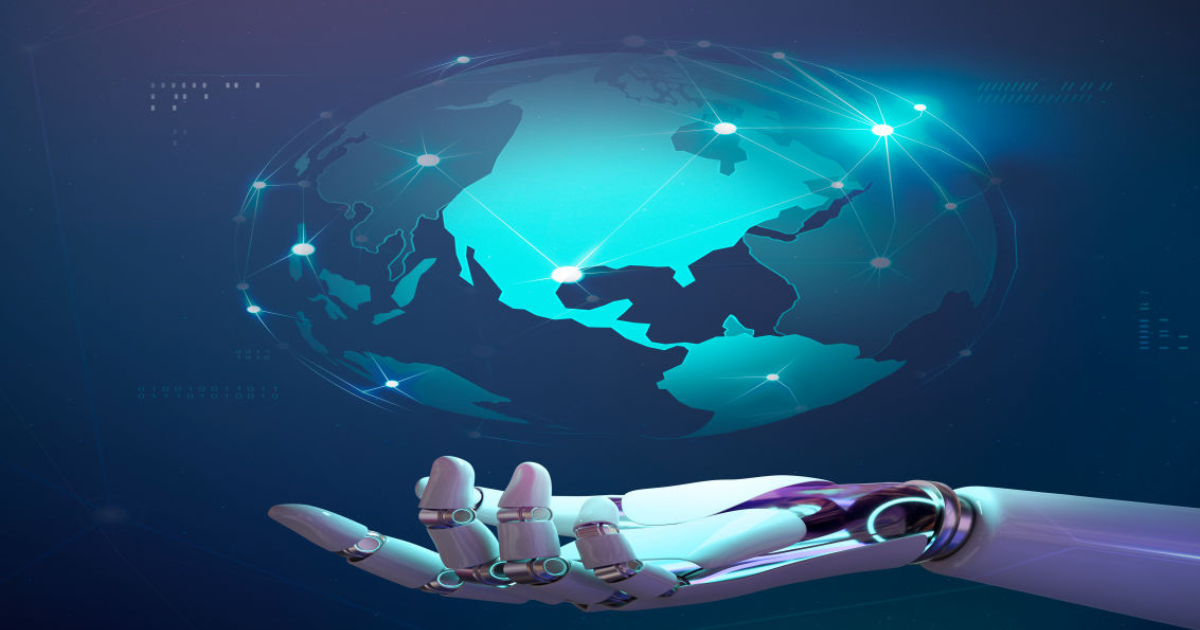Automation Machinery Manufacturing
Automation machinery manufacturing refers to the process or tools, machinery and systems used in the production of goods. It encompasses a wide range of techniques and methodologies employed to transform raw materials or components into finished products. This field incorporates various disciplines such as science, automation, and computer science to optimize manufacturing processes and improve efficiency, enhance product quality, and reduce costs.
MANUFACTURING TECHNOLOGY INDUSTRIES
Automation machinery manufacturing technology encompasses a variety of methods and techniques aimed at efficiently producing goods. Here are some common methods used in manufacturing:
- Machining: Machining involves the removal of material from a workpiece using cutting tools to achieve the desired shape and dimensions. Common machining processes include milling, turning, drilling, and grinding.
- Casting: Casting is a manufacturing process where molten material is poured into a mold cavity, allowed to solidify, and then removed to obtain the desired shape. Types of casting include sand casting, die casting, investment casting, and permanent mold casting.
- Forming: Forming processes involve reshaping materials without removing any material. Examples of forming processes include forging, stamping, bending, and extrusion.
- Welding: Welding is the process of joining two or more materials together by melting them at the joint and allowing them to cool and fuse. Common welding techniques include arc welding, gas welding, and laser welding.
- Additive Manufacturing: Additive manufacturing, also known as 3D printing, builds up layers of material to create a three-dimensional object. This method is particularly useful for producing complex geometries and prototypes.
- Robotics: Robotics involves the use of programmable machines to automate manufacturing processes. Industrial robots are used for tasks such as assembly, material handling, welding, and inspection, increasing efficiency and precision.
- Computer-Aided Design and Manufacturing (CAD/CAM): CAD/CAM systems enable the design and production of goods using computer software. CAD is used for designing products, while CAM is used to generate toolpaths and instructions for manufacturing processes.
- Advanced Manufacturing Techniques: Advanced manufacturing techniques include nanotechnology, biomanufacturing, and advanced materials. These methods push the boundaries of traditional manufacturing processes to achieve higher levels of precision, efficiency, and customization.
FOR MORE BLOGS GO TO OUR WEBSITE
MANUFACTURING INDUSTRIES ROLE
Automation machinery manufacturing industries play a important role in the economy for several reasons:
- Job Creation: Automation machinery manufacturing industries provides employment opportunities for millions of people worldwide, from skilled technicians and engineers to assembly line workers and support staff. These jobs often offer competitive wages and benefits, contributing to the overall prosperity of communities.
- Economic Growth: Automation machinery manufacturing industries contributes significantly to a nation’s GDP (Gross Domestic Product) by producing goods for consumption and export. A robust manufacturing sector stimulates economic growth through investments in machinery, infrastructure, research and development, and innovation.
- Supply Chain Impact: Automation machinery manufacturing industries have extensive supply chains that involve suppliers of raw materials, components, and services. This interconnected network creates additional employment and economic opportunities for various businesses, including small and medium-sized enterprises (SMEs).
- Innovation and Technology: Automation machinery manufacturing industries drives innovation by developing new products, processes, and technologies. Research and development activities in manufacturing industries often lead to technological advancements that benefit other sectors and society as a whole.
- Trade Balance: Countries with strong manufacturing sectors can export goods to international markets, generating revenue and improving their trade balance. Exporting manufactured goods contributes to foreign exchange earnings and strengthens a nation’s position in the global economy.
- Infrastructure Development: Automation machinery manufacturing industries require reliable infrastructure, including transportation networks, energy supplies, and communication systems. Investments in infrastructure to support manufacturing benefit the economy by enhancing connectivity, efficiency, and competitiveness.
- Value Addition: Automation machinery manufacturing industries adds value to raw materials by transforming them into finished products with higher utility and market value. This value addition creates wealth and drives economic development by increasing productivity and generating profits.
- Diversification and Resilience: Automation machinery manufacturing industries a diverse manufacturing base reduces dependency on a single industry or sector, making the economy more resilient to economic shocks and fluctuations. Diversification allows countries to adapt to changing market conditions and technological trends.
FOR MORE INFORMATION








